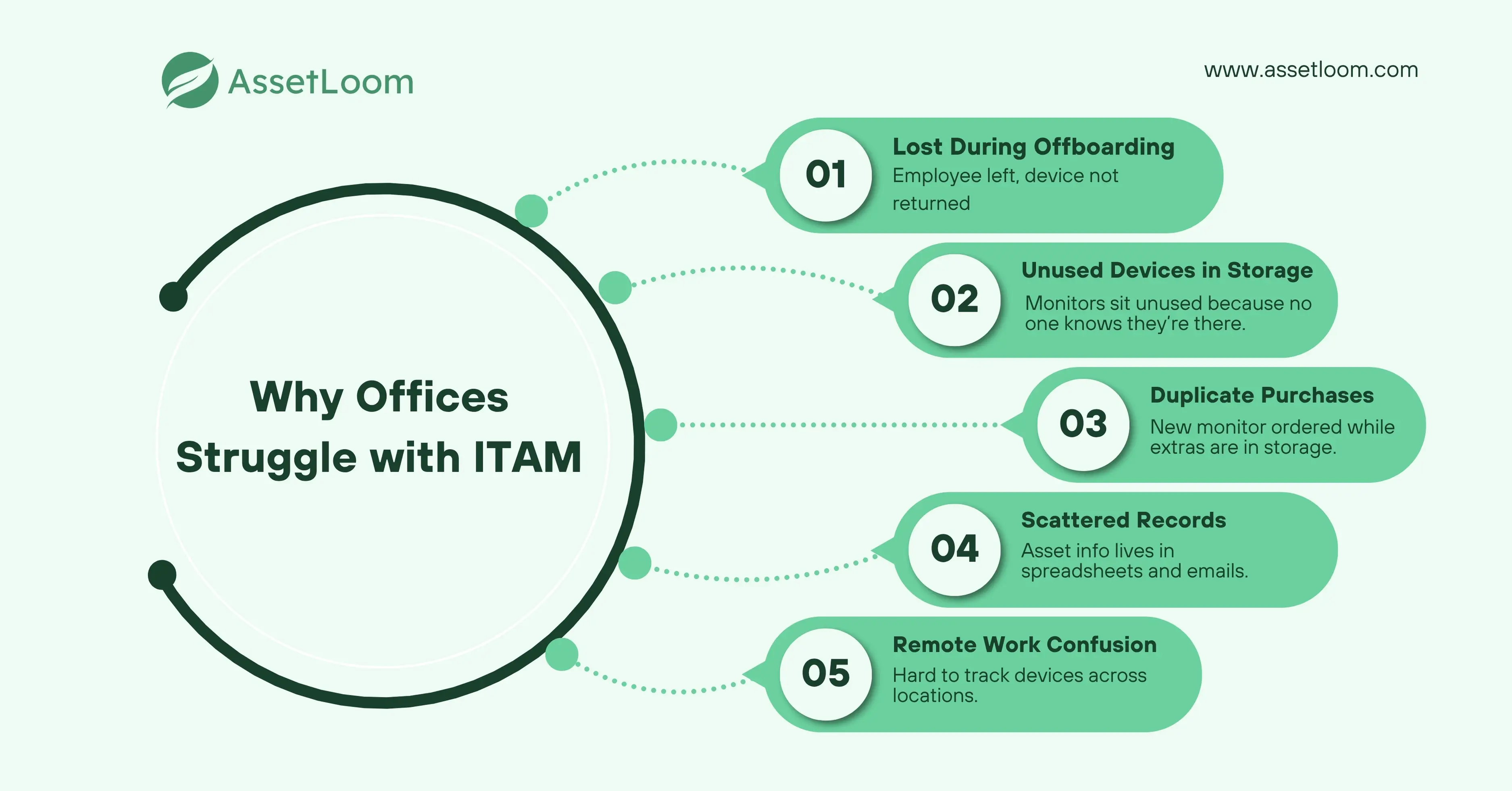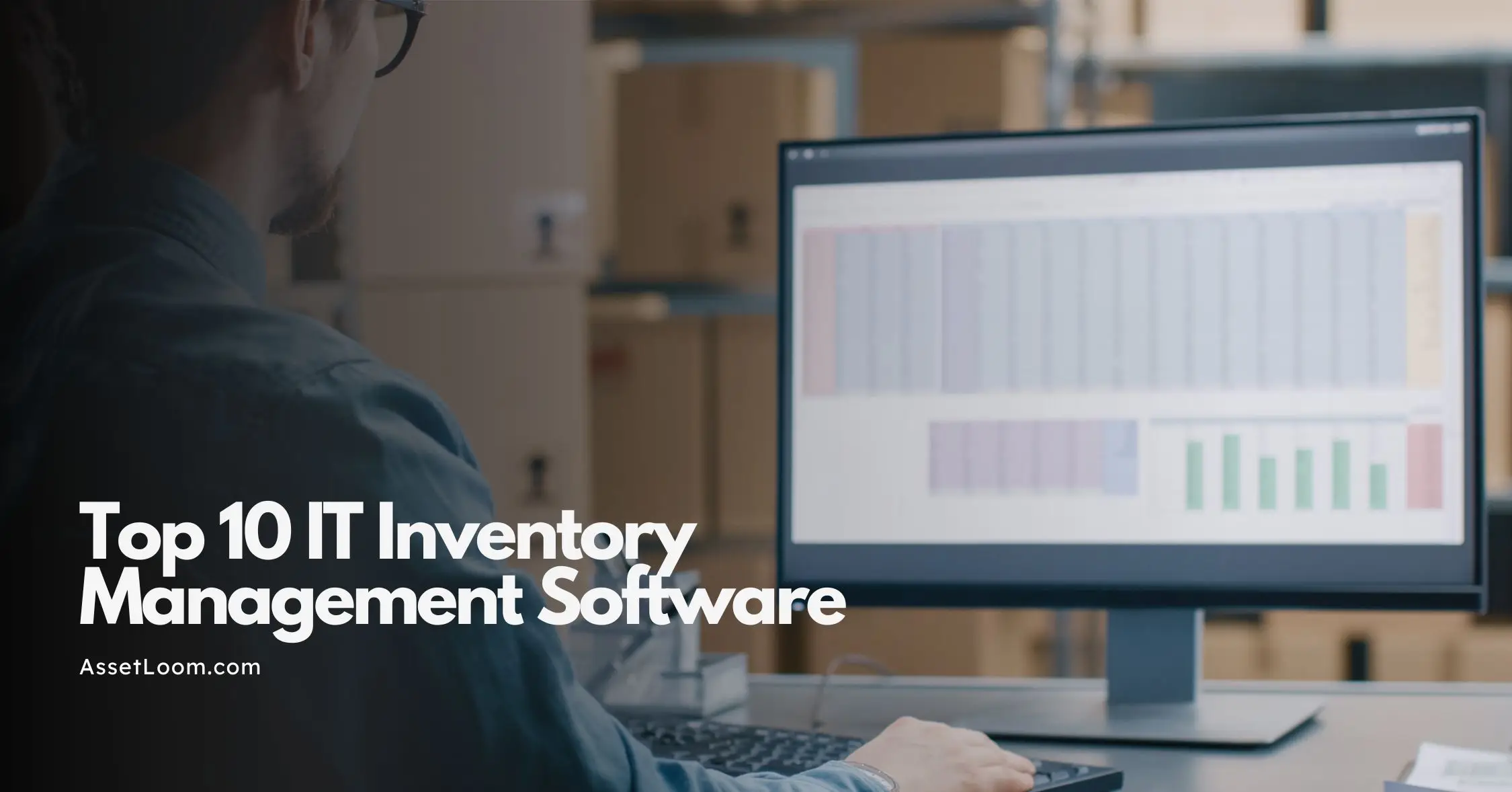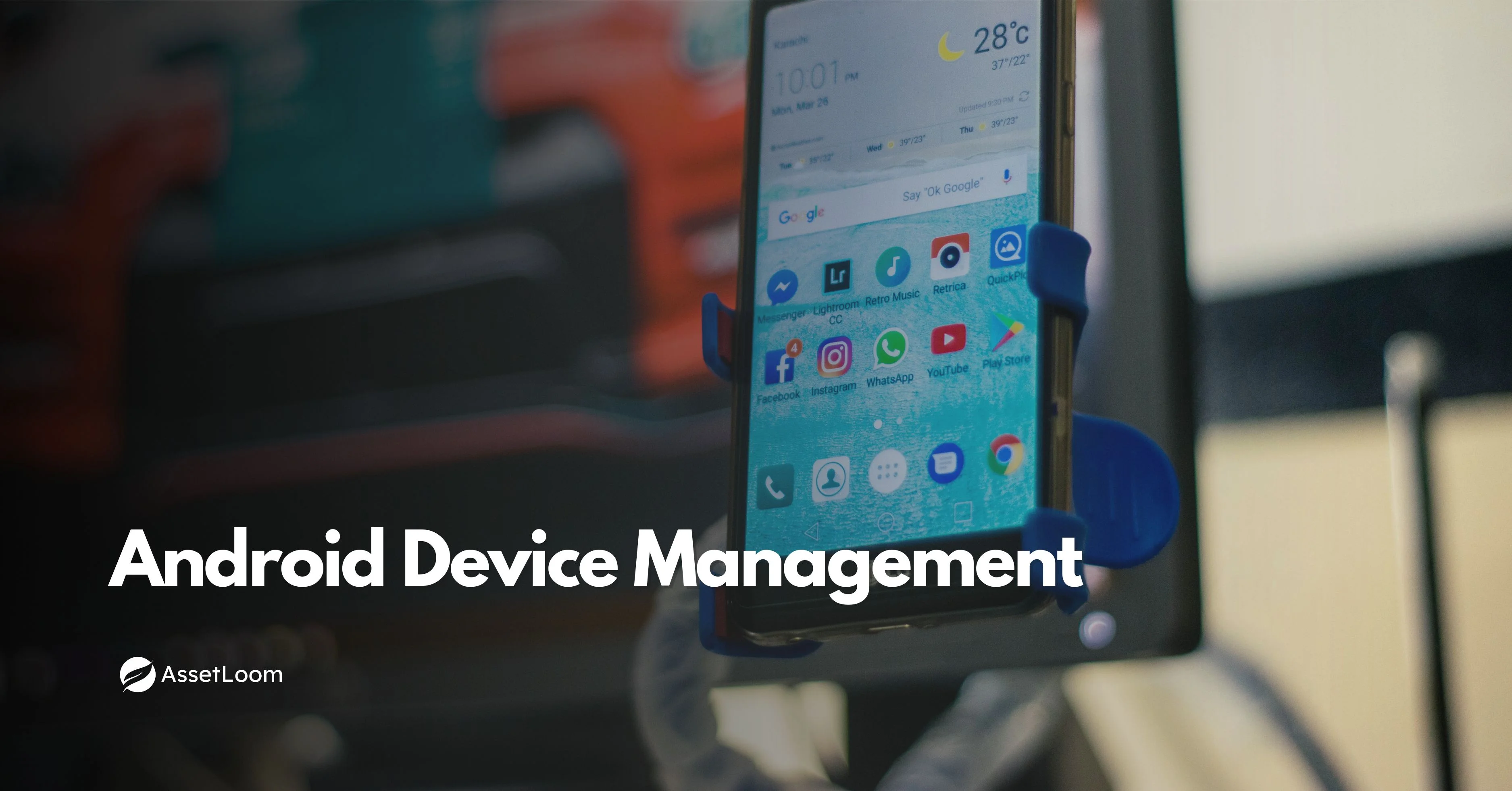Computer Hardware Inventory Software in Offices
Computer hardware inventory software helps offices track devices, prevent waste, and manage IT assets more efficiently.
Offices rely on a variety of computer hardware to keep everything running laptops, desktops, monitors, printers, and more. As teams grow and change, keeping track of all that equipment can become challenging. Devices get reassigned, moved around, or even misplaced.
Have you ever struggled to find an extra laptop or figured out why a team member is missing their equipment? These issues go beyond minor annoyances they can result in wasted time, money, and even compliance problems. Computer hardware inventory software offers an easy way to know exactly what hardware is available, who’s using it, and where it’s located.
Why Offices Struggle with IT Asset Management?
Keeping track of computer hardware in an office isn’t always simple. As people join, leave, or move between teams, devices like laptops and monitors follow them. It’s easy for things to get lost or forgotten. Some devices aren’t returned during offboarding. Others sit unused because no one knows they’re available. Remote and hybrid work make this even harder. When equipment is spread across different locations, it becomes unclear who has what and where it’s being used.

Many offices end up buying more equipment than they actually need. Someone orders a new monitor even though a few extras are sitting in storage. Costs increase, devices go to waste, and IT teams struggle to stay organized. Asset records often live in scattered spreadsheets or old ITAM, which makes it hard to pull together a reliable report during an audit or internal review.
What Computer Hardware Inventory Software Does
Computer hardware inventory software gives office teams a clear view of all their equipment. It keeps track of what devices exist, who’s using them, and where they’re located. Instead of checking through spreadsheets or sending messages to find a missing laptop, everything is in one place. This helps teams stay organized and avoid guesswork when assigning or locating equipment.
The software also helps with day-to-day tasks like assigning hardware to employees, marking items as returned, and flagging devices for repair or replacement. Some tools offer barcode or QR code scanning to make updates faster and more accurate. Others let you track purchase dates, warranty status, and depreciation over time. For offices that need to stay audit-ready, reports can be generated quickly using up-to-date data. The goal is simple: make it easier to know what you have, where it is, and what needs attention.
Computer hardware inventory software helps organizations track, monitor, and manage physical assets, forming a key part of broader IT inventory management by providing visibility into device status, location, and lifecycle.
Real Office Problems
Onboarding and Offboarding Delays
In many offices, onboarding delays happen because device handovers aren’t planned in advance. A new hire might start on a Monday, but their laptop is still with IT, waiting for setup. Or no one knows where the spare equipment is stored. Sometimes devices are locked in a cabinet someone else manages, or they were handed off informally without being logged. This slows down account setup, delays access to internal tools, and often leads to helpdesk tickets within the first hour.

Offboarding can be just as messy. For example, if a marketing manager resigns and takes a MacBook home for a few days to finish handover, that device may not come back on time or at all. If the return isn’t tracked and no one is alerted to follow up, IT may not realize the MacBook is missing until the next person needs one. This creates gaps in inventory reports and puts pressure on IT to reorder gear, even when enough hardware exists.
Larger offices with multiple departments often face even more coordination issues. HR might not notify IT in time. Procurement might not know a device has become available. In these cases, someone from finance might approve a new laptop purchase while another one is sitting unused just a few desks away. Hardware inventory software helps break this cycle by showing what’s in stock, what’s checked out, and what’s due for return, all in real time.
Lost or Unused Devices
In busy office environments, it’s surprisingly easy for hardware to disappear or sit idle. A laptop might be left in a meeting room and never claimed. A desktop tower might be tucked under a desk after someone switches to remote work and never gets reassigned. Without a system that tracks usage and location, IT teams often don’t realize how many devices are going unused—or worse, unaccounted for.
These problems are common in companies with multiple floors, branches, or shared storage areas. For example, one team may hold on to spare monitors “just in case,” while another department requests new ones. Or someone in sales gets a replacement phone but doesn’t return the old one. Over time, hardware piles up in drawers, closets, and under desks, with no record of who last used it or whether it's still functional.
Unused devices quietly drain the IT budget. Instead of reusing what’s already available, new items are purchased unnecessarily. This also causes problems during audits or budget reviews, when missing devices can’t be explained and idle assets aren't properly documented.
Here’s where software can make a difference. By tracking key data like last usage date, assigned employee, and location, you can easily spot unused devices. A simple formula can be used to identify devices that haven’t been used in a while:
Formula to Identify Unused Devices:
Unused Device = (Last Usage Date) > (Current Date - X Days)
Where X represents the threshold (e.g., 30 days or 60 days) beyond which a device is considered "unused."
Inventory software flags any device that meets this criterion, making it easy for IT teams to either reclaim, reassign, or replace unused hardware before it becomes waste. This leads to better equipment management, helps reduce unnecessary purchases, and keeps your budget intact.
Equipment Hoarding and Duplication
Employees may hold on to extra devices “just in case” or because they forget what’s already available. For example, one department might order a new laptop without checking whether another one is sitting unused in storage. At the same time, other teams might be holding onto perfectly functional equipment, just because no one is keeping track of what’s being used or where it is.
This lack of organization leads to unnecessary purchases, wasting both money and office space. It’s also frustrating when teams are unaware of the extra devices they have. IT might end up buying another laptop for an employee, even though one is sitting unused in a drawer somewhere. The result is wasted resources, confusion, and inefficiency.
Using inventory software can help solve this issue by providing an overview of all the devices in the office. IT teams can see exactly what equipment is available and what’s in use, preventing duplicates from being ordered. Regularly updating this information ensures that resources are used wisely and that devices aren’t sitting idle when they could be reused by someone else.
Compliance and Auditing Challenges
Compliance and audits are critical for many offices, especially those in regulated industries. However, keeping up with asset tracking can be a huge challenge without the right system in place. Manual tracking, whether in spreadsheets or paper records, often leads to errors, missed devices, or outdated information. When it's time for an audit, IT teams scramble to gather data, and that can create unnecessary stress and delays.
For example, a company might need to show that all laptops and devices are up-to-date with security patches or that they comply with company policies. If the inventory isn’t properly maintained, it’s difficult to provide accurate, up-to-date records. This can lead to compliance violations, fines, or a failed audit.
Inventory software simplifies this by keeping all asset information in one place, allowing for real-time updates and quick reporting. When assets are logged, and their status is tracked (like warranty dates, maintenance schedules, or software compliance), it's easier to generate accurate reports for audits or compliance checks. This not only reduces the stress of audits but also ensures that everything is compliant, saving both time and money.
Time-Consuming Asset Management Tasks
Managing hardware in an office can quickly become a time-consuming task, especially when done manually. From tracking devices that move between departments to checking for damage or running software updates, IT teams spend a significant amount of time on routine asset management tasks. And that time adds up—especially when information isn’t centralized, and staff have to spend hours searching through files or spreadsheets to find what they need.
For instance, when an employee requests a new device or replacement, IT might have to check the stock, look for available equipment, and confirm its status, all while trying to meet the employee’s immediate needs. Similarly, tracking repair requests or monitoring warranties for hundreds of devices takes hours. This often leads to delays and can distract teams from more strategic tasks.
Inventory software eliminates much of this time-consuming work. Automated updates, easy asset assignment, and instant reporting streamline the entire process. Instead of searching for devices or doing manual checks, IT teams can use real-time data to respond quickly and efficiently to requests, updates, and maintenance. This saves time and allows IT staff to focus on more important projects, like improving infrastructure or supporting employees with more technical needs.
Conclusion
Managing computer hardware in a busy office is tough without the right tools. Delays, missing devices, and duplicate purchases are common when tracking is done manually.
Computer hardware inventory software helps fix these problems by keeping everything organized and up to date. It saves time, reduces waste, and makes audits easier. For any office, it’s a smart way to stay efficient and in control of your equipment.

Related Blogs
Subscribe for Expert Tips and Updates
Receive the latest news from AssetLoom. right in your inbox


